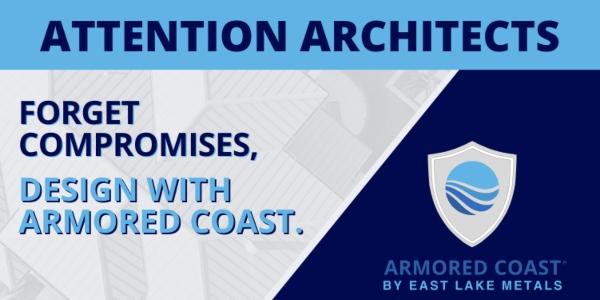How to Apply Reflective Aluminum Coating over Aged, Low-Slope Asphalt Roof Systems.

By Chris Huettig, KARNAK.
When KARNAK 97 Fibered Aluminum Roof Coating is applied to the roof, the aluminum flakes leaf to the surface, providing a reflective metallic shield over the existing low-slope asphalt roof.
KARNAK 97 Fibered Aluminum Roof Coating is a heavy-duty asphalt reflective coating. 97 has one of the highest concentrations of leafing aluminum pigment in the industry, and it’s great for use over smooth or granular modified bitumen membrane roofing as well as smooth built up asphalt roofing. You can read through the application steps below or watch this video demonstration.
To begin the application of KARNAK 97 Fibered Aluminum Roof Coating, you’ll need to clean the roof surface first to remove all the dust and dirt. A stiff push broom is usually sufficient for cleaning. It will do a good job of getting the dirt and debris off. If the roof has a lot of dirt on it, pressure washing or power washing the roof surface is recommended. KARNAK 799 Wash-N-Prep roof cleaner is excellent for removing dirt and dust from the roof. It’s also an environmentally friendly cleaner so there are no worries about it washing down roof drains.
If you do pressure wash, you’ll want to make sure the roof is clean and dry before you begin your application. We're going to first mechanically mix the aluminum coating using a half-inch drill and “Jiffy-type” blade mixer. Remove the lid and set it aside. You’ll notice that it's black on top. That's the asphalt binder. Put the Jiffy mixer in slowly until it reaches the bottom of the pail and engage the drill. This is going to take all the aluminum pigment on the bottom of the can and evenly disperse it into the coating.
Once the coating is mixed, you will pour some out onto the roof and apply with your roller. I recommend an 18-inch-wide, three quarter inch nap roller. This is a great roller size to help cover large areas at one time. KARNAK 97 can also be applied using a soft roof brush for getting corners and details. On large projects, heavy duty airless spray equipment can be used to apply the coating.
KARNAK 97 Fibered Aluminum Roof Coating produces a bright, reflective coating over the roof surface. This is going to last for years to help protect the roof from damaging UV rays, as well as help stop heat transfer into the building.
For more information visit www.KARNAKCorp.com.





















Comments
Leave a Reply
Have an account? Login to leave a comment!
Sign In